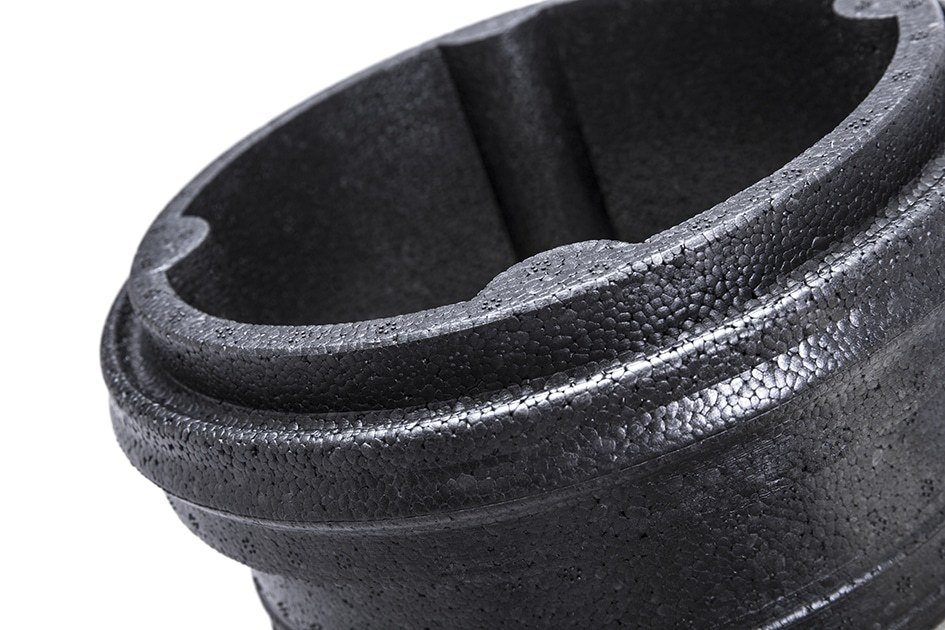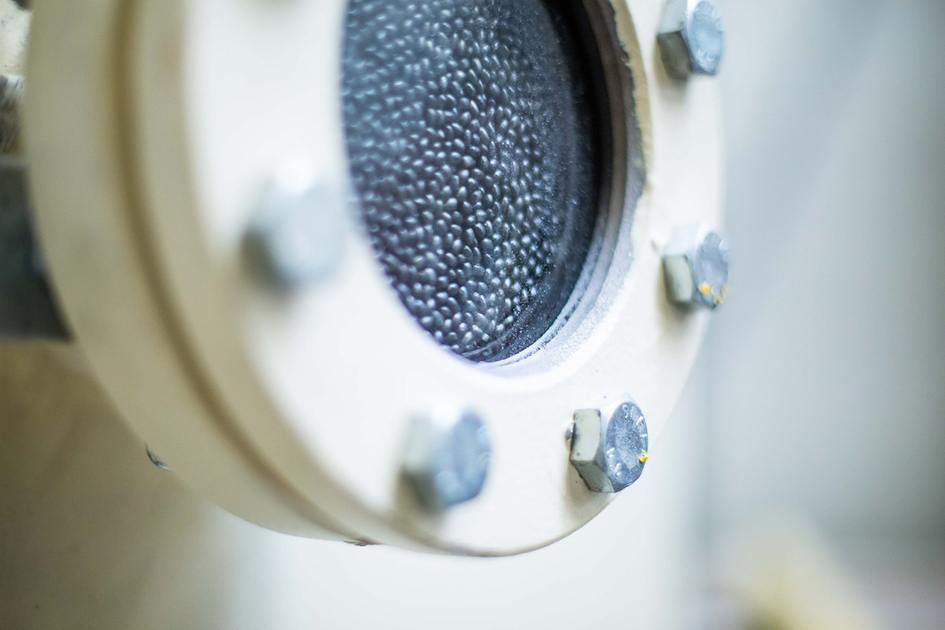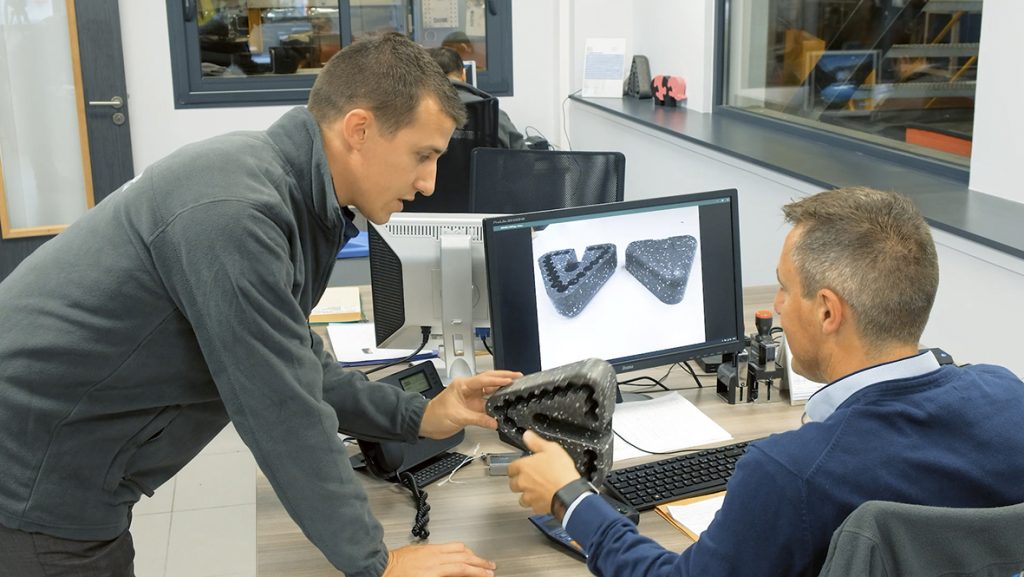The different types of foam packaging include excellent options for companies that need to protect their goods during the distribution cycle. From custom foam packaging to EPS or EPP boxed solutions, the diverse types of foam packaging stand out from other solutions because of their great versatility, being used across several industries.
Find out what is foam packaging, the main types of foam packaging that are dominating the market today and in the coming years, and the quest to achieve sustainability in the different foam appliances.
What is foam packaging and which are its benefits?
Simply put, foam packaging is the type of packaging made of foam. The different types of foam packaging are known for several benefits:
- Protection for transit: foam packaging provides optimal protection for glass, ceramic, polished wood, and other delicate items (including those with a shiny finish) during the distribution cycle. Given the right foam packaging design, it’s capable of absorbing shocks and vibrations while generating the right defense against abrasion, scratches, smears, and other transportation and handling perils.
- Diverse and personalized forms: foam packaging is available in different forms, including blocks, edges, and corners, sheets, wraps, profiles, packaging peanuts, and bags. It thus provides a versatile solution that adapts to each company’s distinct needs, acting as internal and external padding, filling, and cushioning.
- It molds easily around different goods and adapts to curves and notches, fitting and protecting products with complex forms.
- A lightweight material decreases transportation costs.
- It provides a clean presentation that can help boost branding, and enhances the quality of the product, giving it a greater sense of quality.
- It helps organize elements inside packaging, easily generating sub-compartments.
You might also be interested in: EPP, the perfect material for duct systems and fittings
Types of foam packaging for appliances
EPP foam packaging
Expanded polypropylene (EPP) is a lightweight, highly protective material produced by expanding polymers and merging them into molds. EPP can be reusable, a characteristic that makes it stand out among the diverse types of foam packaging.
EPS
Expanded polystyrene (EPS) is composed of 98% air and 2% of plastic material by-products that also offer great thermal insulation, shock absorption and are extremely lightweight.
Tips to choose the right foam packaging for your products
Picking the right type of packaging means companies choose a packaging design that meets their products’ needs for protection and branding while reaching a cost-effective solution.
Some factors can play an important role when selecting the right material among the different types of foam packaging, which companies should consider:
- The product’s need for protection and its fragility, taking vibrations, shocks, and other risks into account while also considering the transportation route products will follow.
- Weight and size, including the product’s weight and the different packaging options. It’s also important to consider the final shipping unit model and its needs as a whole.
- EPP and EPS options stand out as the most lightweight materials.
- The relevance of appearance and branding, being able to choose between different foam finishes and surfaces, and different unboxing experiences.
- The company’s terms around sustainability. EPS and EPP stand out as the most sustainable options, unlike other foam alternatives such as polyurethane.
- The potential preference for reusable packaging.
You might also be interested in: The efficiency of EPP foam in the HVAC industry
Foam packaging recycling: possibilities and initiatives by Knauf Appliances
From end consumers to distributors and even authorities, eco-friendly packaging today is a must. In fact, 67% of consumers consider it important that the products they buy are contained in recyclable packaging options.
Sustainable packaging, including the different foam appliances, must include many factors that will ensure emissions and packaging waste are cut short: packaging design, potential recycling or reusable schemes, and non-petro-sourced materials such as NEOPS® made entirely from vegetal sources.
This is why at Knauf Appliances we have developed several initiatives that confirm our commitment to sustainability:
- Through Knauf Circular®, we’ve generated a process to ensure expanded polystyrene (EPS) waste is given a new life through recycling initiatives. Through this project, we introduce EPS production waste back into the manufacture of new EPS products. Thus, we work closely with material wholesalers, the industrial and agri-food sector, the retail sector, recycling sectors, and private individuals to make sure as much EPS waste as possible is recycled.
- We’ve developed NEOPS®, a new foam material of non-petro-sourced origin that acts as an alternative to EPS and keeps its many benefits (lightweight, protective…), and which favors the circular economy of plastics.
- We encourage reusing by developing different choices of reusable EPP packaging, our flagship material, including our Comeback options. Our packaging options preserve its mechanical performance even throughout long-term use while being 100% recyclable at the end of the cycle. Our reusable EPP boxes are used throughout many diverse industries, including the automobile and agro-food sector.
Thus, at Knauf appliances, we confirm our commitment to sustainability through constant innovation, in the search for the right types of foam packaging that merge convenience, cost-effectiveness, and environmental conservation.





